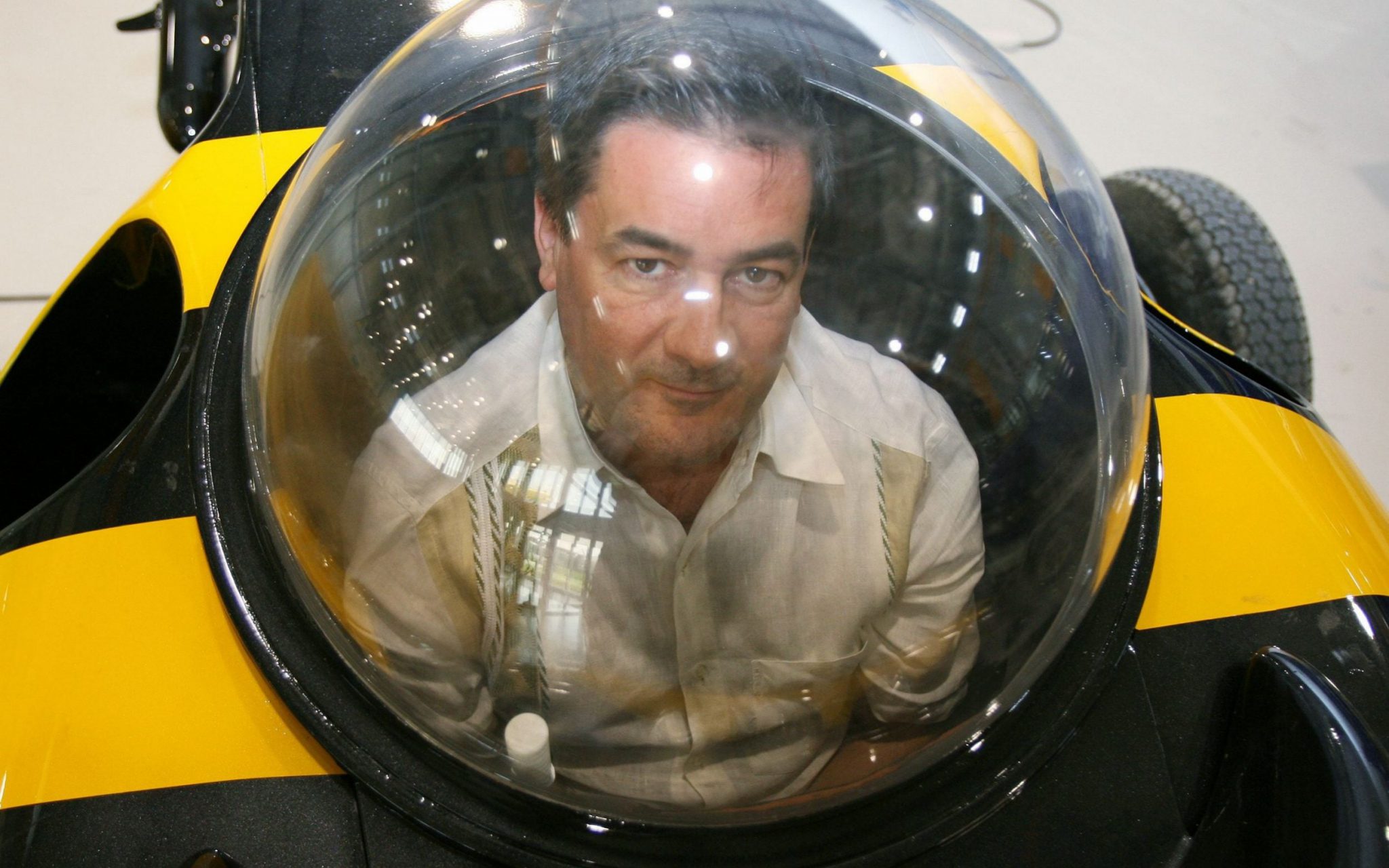Signals sent from the Channel islands, Cameroon, Israel, Laos and the United States located a phone on the yacht carrying the Dubai royal
Campbell MacDiarmid and James Rothwell
February 20, 2021, The Telegraph
The yacht aboard which fleeing Dubai royal Princess Latifa hoped to reach India – and eventually a life of freedom beyond the clutches of her domineering father – was well-equipped for open water sailing.
A 29-metre ketch motor sailer captained by a former French intelligence officer, the Nostromo carried an array of advanced communication and navigation aids. Below decks, mobile phones, a laptop computer, VHF radio, radar, automatic identification system transceivers and receivers, a satellite Iridium phone and an internet satellite receiver blinked and flashed as they sent and received signals.
One of these devices gave away the location of the vessel, which on the eighth day of its 2018 journey was boarded in international waters off the coast of Goa by Indian and Emirati commandos, who carried Princess Latifa kicking and biting back to her life of gilded seclusion in the UAE.
“It was like a military operation,” recalled Tiina Jauhiainen, the Finnish fitness instructor who was aboard the yacht with her friend and now campaigns for her freedom, this week releasing new videos of the princess in captivity saying she feared for her life.
The story of Princess Latifa’s escape reads like fiction but how she was caught is equally the stuff of spy novels.
Following her disappearance, her father Sheikh Mohammed bin Rashid Al Maktoum, the billionaire ruler of Dubai, marshalled a massive search operation.
As well as the special forces of both the emirates and India, the mission deployed a fleet of surveillance aircraft, boats, and – according to a recent investigation – “malicious” mobile tracking signals sent from the Channel islands.
In December, the Bureau for Investigative Journalism obtained data which it says showed that a mobile phone on the Nostromo was pinged with location-seeking signals the day before it was raided.
The London-based not for profit media platform detailed how early on March 3 2018, mobile networks in Jersey, Cameroon, Israel, and Laos began sending the phone on the boat “send routing information” requests.
Mobile networks worldwide may need to know a phone’s location for a variety of purposes, such as to connect a call or to accurately assess global roaming charges. To facilitate this, mobile phone operators lease access points called “global titles” to third party companies who then use the network to send signalling messages.

Princess Latifa’s escape route

While ordinarily legitimate, signalling messages can also be exploited by private intelligence companies to track cellphones without the user’s knowledge.
After international firewalls blocked the earlier signalling attempts, a small operator in Minnesota called NewCore Wireless finally signaled into the phone, the Bureau found.
“That’s not good,” the firm’s head Albert Kangas told the Bureau after they informed them that the access point NewCore had leased to a third party had seemingly been used to locate the yacht with Princess Latifa aboard.
Who aboard the Nostromo was to blame for revealing its location remains disputed.
Hervé Jaubert, the captain of the yacht who presents himself as a James Bond-type character familiar with countersurveillance measures, told the Sunday Telegraph he believed Ms Jauhiainen could be to blame.
“I told Latifa to leave behind her phone, and I told Tiina, it was an order. And she brought two phones onto the boat in violation of my instructions,” he said. “I was not aware of that. Now she is not comfortable to talk about that because she is the cause of us being located. I don’t know why she did it.”

But Ms Jauhiainen challenges this, telling The Sunday Telegraph that she and Princess Latifa threw away their old phones before leaving Dubai. “We had new phones, new numbers, so we couldn’t have been tracked,” she said. “If [Mr Jaubert] had been a professional he should have told us that we shouldn’t be using the wifi.”
The Bureau for Investigative Journalism meanwhile concluded that it was in fact Mr Jaubert’s US-registered mobile that received the location-seeking signals.
Mr Jaubert still denies that his phone gave the vessel away (but his espionage credentials have since been called into question by people including his ex-wife, who alleged in an interview with The Daily Beast in 2019 that “he did work for French intelligence but never as a spy.” He rejects his wife’s account.)
After the escape attempt was thwarted, both Mr Jaubert and Ms Jauhiainen were briefly jailed by Emirati authorities for their role in the plot but subsequently released.
Sheikh Mohammed maintains Latifa’s return to the UAE was a rescue mission and officials have not commented on the methods used to track her.
This week her family said Latifa is being cared for at home by her family and medical professionals.
“She continues to improve and we are hopeful she will return to public life at the appropriate time,” the family said in a statement.

The new allegations week came as a leading critic of the UAE’s human rights record said she believed Sheikh Mohammed had captured his daughter because he feared that his masculinity had been undermined.
Radha Stirling, the CEO of Detained in Dubai, said Sheikh Mohammed may have restored to such extreme measures because he feared he would be regarded as weak by his political rivals and courtiers.
“It is a tribal issue, he has got a lot of daughters with varying amounts of freedom, but ultimately any freedom they are granted can be taken away at any time,” said Radha Stirling, the CEO of Detained in Dubai.
“In the UK, we might be able to get over, for example Prince Harry’s shenanigans when he was younger.
“But if one of Sheikh Mohammed’s daughters is seen to be misbehaving then he would be regarded as being less of a man, as someone who is unable to govern their country.”
But some Emiratis, who are often hesitant to speak publicly about the royal family, said this week that the intensive western media coverage of the princess was reflective of racist attitudes towards the Middle East.
“Western media loves a… version of 1,001 nights,” Emirati jewelry designer Salama Khalfan wrote on Instagram.
